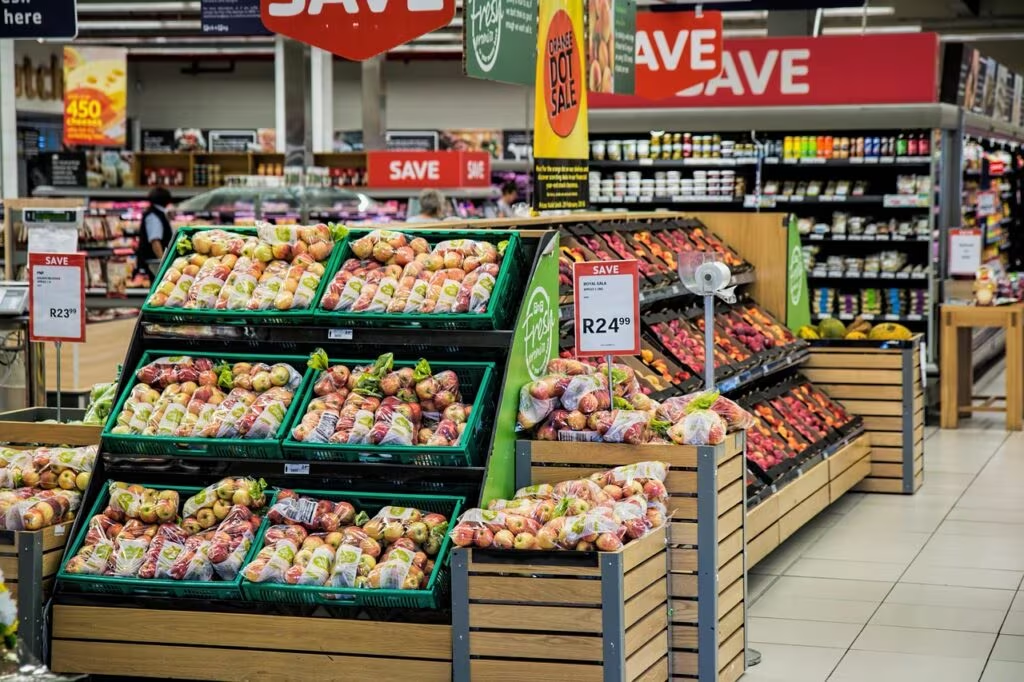Supreme Court Halts Immediate Release of November SNAP Benefits
The Supreme Court of the United States issued a temporary order late Friday, November 7, 2025, effectively blocking a lower court mandate that would have required the Trump administration to immediately release the full amount of Supplemental Nutrition Assistance Program (SNAP) benefits for November.
This emergency action—known as a stay—means that millions of low-income families relying on the critical food assistance program will not receive their full monthly allotment on the previously court-ordered schedule of Friday, November 8, 2025. The ruling is a significant, albeit temporary, procedural victory for the administration, which had argued that the judiciary overstepped its bounds by dictating the specific timing of benefit distribution.
For SNAP recipients, the decision introduces immediate uncertainty regarding when their critical food aid will arrive, forcing them to revert to the standard, staggered state distribution schedules.

The Immediate Impact on Food Assistance Recipients
The Supreme Court’s action is a procedural mechanism that freezes the lower court’s ruling while the high court considers the full appeal. The immediate effect is the cancellation of the Friday deadline for the full benefit release, which had been mandated by the lower court to prevent hardship.
Why the Timing Was Disputed
SNAP benefits are typically distributed by state agencies over several days or even weeks, based on factors like the recipient’s case number. The lower court order, which was the subject of the administration’s appeal, had demanded a lump-sum, immediate release of the November benefits. This extraordinary measure was likely sought by plaintiffs (beneficiaries and advocacy groups) to address potential financial hardship or administrative delays stemming from ongoing legal challenges related to the program’s management.
The Department of Agriculture (USDA), which oversees SNAP, immediately appealed, arguing that complying with the lower court’s order would cause significant administrative chaos and disrupt established state distribution systems, potentially leading to processing errors and future delays.
For families depending on these funds, the practical consequences of the stay are critical:
- No immediate guaranteed full deposit on Friday, November 8, 2025.
- Recipients must now rely on the standard state distribution schedule, which varies widely by state and recipient.
- The legal battle over the administration’s authority to manage benefit timing continues, leaving the long-term status of certain allotments uncertain.
The Core Legal Dispute: Executive Authority vs. Judicial Oversight
The dispute originated when a federal district court judge ruled against the Trump administration’s handling of the SNAP distribution schedule for November. The lower court found that the administration’s actions—which likely involved changes to the distribution schedule or the phase-out of certain emergency allotments—were detrimental to beneficiaries and ordered the immediate, full release to ensure timely access to food.
In its emergency application to the Supreme Court, the administration presented a two-pronged argument:
- Administrative Feasibility: That forcing a full, immediate release would overwhelm state agencies responsible for processing the benefits, leading to errors and inefficiency.
- Separation of Powers: That the judiciary was improperly interfering with the executive branch’s statutory authority to manage federal programs, arguing that the timing of distribution is an administrative function, not a judicial one.
The Supreme Court’s decision to grant the temporary stay indicates that at least five justices agreed that the administration had a strong enough legal argument regarding the potential for irreparable administrative harm to warrant a pause while the appeal process moves forward.

Understanding the SNAP Program Context
The Supplemental Nutrition Assistance Program is the nation’s largest anti-hunger program, providing essential aid to low-income individuals and families to purchase food. While federally funded, the program is administered by individual states, which manage the complex logistics of eligibility determination and benefit distribution.
Key Facts on SNAP Distribution:
| Feature | Detail |
|---|---|
| Funding Source | Federal Government (USDA) |
| Delivery Method | Electronic Benefit Transfer (EBT) Card |
| Standard Timing | Staggered throughout the month (varies by state) |
| Legal Dispute Focus | Whether the administration can unilaterally alter the timing or amount of benefits without proper procedure, and whether courts can mandate a specific release date. |
This legal fight over timing is symptomatic of broader tensions regarding federal safety net programs, particularly as the administration seeks to streamline or modify benefit distribution methods in the post-pandemic era.
What Happens Next: The Path to a Final Ruling
The temporary stay is merely the opening move in the Supreme Court’s review. The Justices have agreed to hear the administration’s appeal, but they have not yet ruled on the underlying legality of the lower court’s order.
The next steps are expected to be fast-tracked given the urgency of food assistance:
- Expedited Briefing: The Supreme Court will set a rapid schedule for both the administration and the plaintiffs to submit their comprehensive legal arguments regarding the distribution authority.
- Decision on the Merits: The Justices will ultimately decide whether the lower court had the constitutional or statutory authority to intervene and compel the executive branch to release funds on a specific date.
- Potential Outcomes: If the Court sides with the administration, the lower court’s order is permanently reversed. If the Court sides with the plaintiffs, the administration may be forced to adjust its distribution schedule or potentially provide backdated benefits to compensate for any delays caused by the stay.
Recipients should immediately seek information from their state’s benefits office regarding the standard SNAP distribution calendar to anticipate the revised arrival of their November funds.
Key Takeaways
For those relying on food assistance, the Supreme Court’s temporary block has the following essential implications:
- Delay Confirmed: The court-ordered guarantee of a full benefit deposit on Friday, November 8, 2025, has been halted.
- Standard Schedule Reinstated: Benefits will now likely be distributed according to the standard, staggered state schedule previously in place.
- Action Required: Recipients must consult their state’s Department of Social Services or equivalent agency for their specific, revised November distribution date.
- Timing vs. Amount: The stay affects the timing of the benefits. The underlying legal challenge regarding the final amount of the November benefits remains subject to the Supreme Court’s full review.
- Precedent Setting: The final ruling will be crucial, potentially setting a precedent on the extent of judicial oversight allowed in the administrative management of federal safety net programs.
Conclusion
The Supreme Court’s intervention highlights the high stakes inherent in the administration of federal aid programs. By granting the temporary stay, the Court has provided the Trump administration with the necessary time to argue its case against judicial interference in administrative logistics. While the legal process unfolds, the most immediate consequence is borne by SNAP recipients who must now navigate the uncertainty of their November food budget. The final decision will be closely watched by legal experts and advocacy groups, as it will define the balance of power between the courts and the executive branch in managing essential social services.
Original author: Mark Berman
Originally published: November 8, 2025
Editorial note: Our team reviewed and enhanced this coverage with AI-assisted tools and human editing to add helpful context while preserving verified facts and quotations from the original source.
We encourage you to consult the publisher above for the complete report and to reach out if you spot inaccuracies or compliance concerns.

